AMD Ryzen 5 2400G and Ryzen 3 2200G Integrated Graphics Frequency Scaling
by Gavin Bonshor on September 28, 2018 12:30 PM EST- Posted in
- CPUs
- AMD
- GPUs
- Overclocking
- Zen
- APU
- Vega
- Ryzen
- Ryzen 3 2200G
- Ryzen 5 2400G
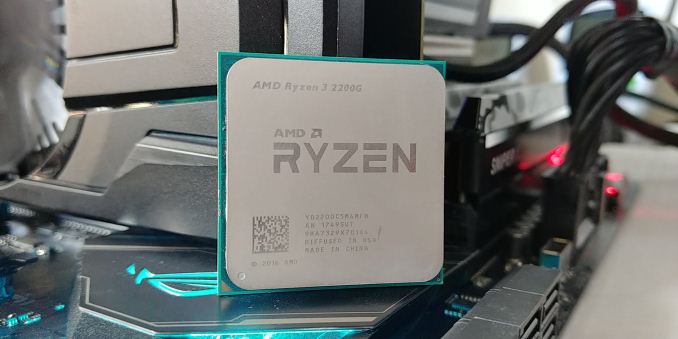
One of the last poignant questions from our previous Ryzen APU coverage is the way that integrated graphics scales with overclocking. As these low-end Ryzen APUs are all about gaming on a budget, our previous looks into core frequency and memory scaling lead naturally into examining how well the graphics overclocks and what extra performance can be had with a light touch of BIOS settings. We pushed both of our APUs to 1600 MHz on the graphics, representing a +45% overclock, which translates into some interesting results.
| Recommended Reading on AMD Ryzen APUs | |||
| 2400G Review | 2200G Review | Overclocking | Delidding |
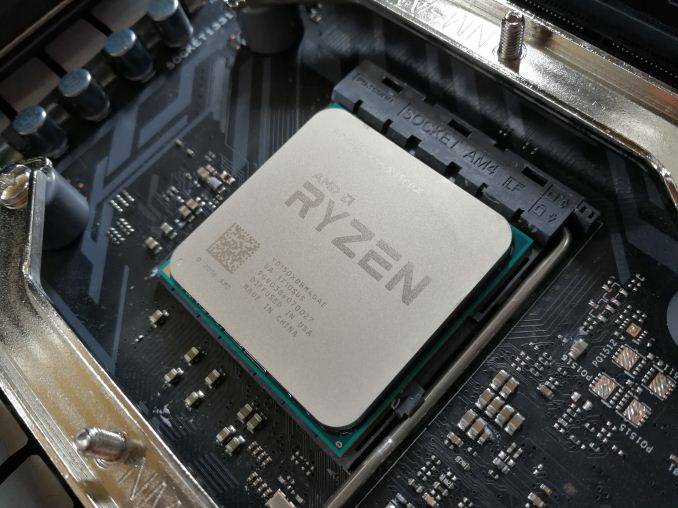 |
 |
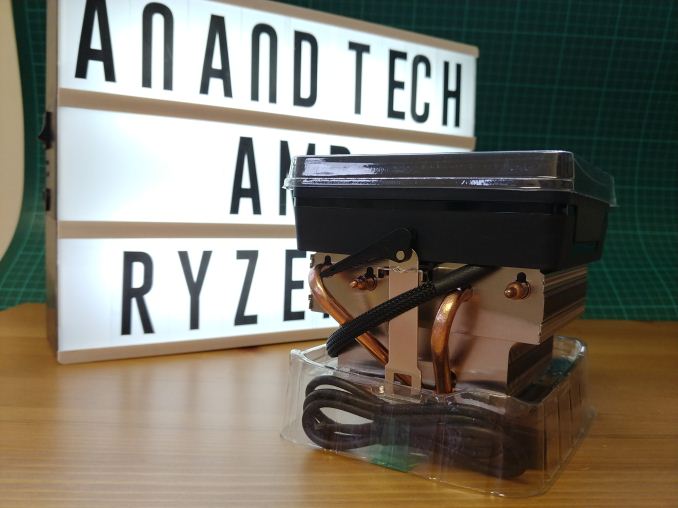 |
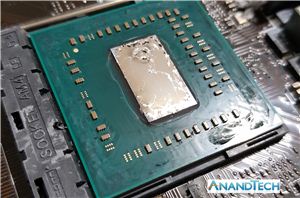 |
| Core Scaling | Memory Scaling | Graphics Scaling | Best CPUs |
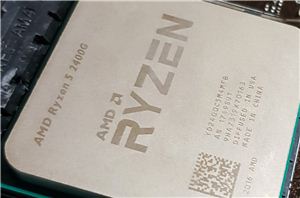 |
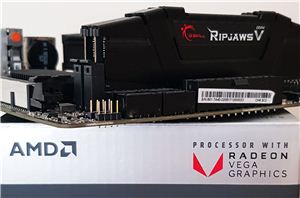 |
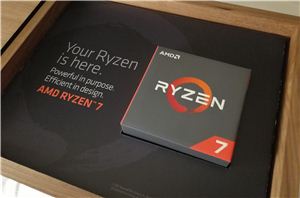 |
|
Ryzen 2000 Series APUs: Going For Gaming
The pairing of AMD's high-performance Zen compute cores and Vega graphics into a tidy little package was a resuscitation for integrated graphics, making the low-end desktop market a lot more interesting, as our Ryzen 5 2400G and Ryzen 3 2200G review concluded. In order to increase performance for gaming, there were three potential avenues to look into. The first one led to our analysis into how memory frequency scales with AMD’s APUs, based on the relationship between memory performance and gaming, showed that memory can have a positive impact on performance. The second was our Ryzen 5 2400G and Ryzen 3 2200G core frequency scaling article, which showed that increasing the CPU core speed didn’t have the effect on gaming performance one would potentially hope to find. The last of the set is overclocking the integrated graphics frequency, which often leads to a direct increase in frame rates.
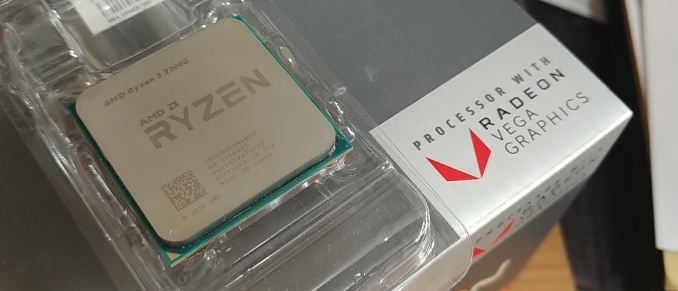
The interesting thing to take from our Ryzen 2000 series APU overclocking guide was that the performance increase was easy to spot when every component on the amalgamated Zen and Vega package plus memory was pushed. The biggest take from our Ryzen APU memory scaling was that the Infinity Fabric interconnect did improve performance from memory in gaming, more so than pure CPU core frequency in certain cases. It was also noted that overclocking everything at once was more difficult than increasing each part independently - what was a good individual overclock, was not always possible when the CPU, memory, and graphics were overclocked together.
Focusing specifically on the intergrated graphics for this article, the primary aim is to ascertain whether or not overclocking the Vega cores on their own yields a big enough benefit in our game testing suite to make it worthwhile. As long as the graphics can continually be fed from the memory and infinity fabric, we should see a good linear increase, especially when the GPU is the bottleneck, however the resolutions aimed at these GPUs might throw interesting features into the mix.
In this review we will recover overclocking the integrated graphics, and take each APU from its stock graphics frequency up to the highest overclock we could achieve, in 50 MHz steps. The results, are interesting.
Test Bed and Hardware
As per our testing policy, we take a premium category motherboard suitable for the socket and equip the system with a suitable amount of memory. With this test setup, we are using the BIOS to set the integrated graphics frequency using the provided straps on the MSI B350I Pro AC motherboard. The memory is set to the maximum supported official speed. The CPU core frequency on both the Ryzen 5 2400G and Ryzen 3 2200G was left at their respective default settings.
| Test Setup | |||
| Processors | AMD Ryzen 3 2200G | AMD Ryzen 5 2400G | |
| Motherboard | MSI B350I Pro AC | ||
| Cooling | Thermaltake Floe Riing RGB 360 | ||
| Power Supply | Thermaltake Toughpower Grand 1200 W Gold PSU | ||
| Memory | G.Skill Ripjaws V DDR4-2933 16-18-18 2x4 GB 1.35 V |
||
| Integrated GPU | Vega 8 1100 MHz |
Vega 11 1250 MHz |
|
| Hard Drive | Crucial MX300 1 TB | ||
| Case | Open Test Bed | ||
| Operating System | Windows 10 Pro | ||
We took our previous gaming suite for this comparison. It's a little dated, but it still checks out. We will be using newer games in future analysis pieces.
| Titles Tested | |||||
| Game | Genre | Release Date | API | IGP Settings |
|
| Shadow of Mordor | Action / RPG | Sep 2014 |
DX11 | 1080p Medium |
|
| F1 2017 | Racing | Aug 2017 |
DX11 | 1080p Medium |
|
| Civilization VI | RTS | Oct 2016 |
DX12 | 1080p Low |
|
| Total War: WARHAMMER 2 | RTS | Sept 2017 |
DX11 | 1080p Medium |
|
| Ashes of the Singularity | RTS | Mar 2016 |
DX12 | 1080p Standard |
|
| Rise of The Tomb Raider | Action | Nov 2015 |
DX12 | 1080p Medium |
|
AMD's APU Stack
Since our last big coverage of AMD's Ryzen APUs, it was announced that several new parts will be coming to the market under the 'Athlon' brand. These will be much cheaper parts, starting at $55, and offering fewer cores and fewer Vega compute units for that market.
| AMD's APU Stack | |||||||
| AnandTech | Zen | Cores w/HT |
Base Freq |
Turbo Freq |
Vega CUs |
TDP | MSRP |
| Ryzen 5 2400G | Zen | 4 / 8 | 3600 | 3900 | 11 | 65W | $169 |
| Ryzen 3 2200G | Zen | 4 / 4 | 3500 | 3700 | 8 | 65W | $99 |
| Athlon 240GE | Details to be disclosed in Q4 | ||||||
| Athlon 220GE | Details to be disclosed in Q4 | ||||||
| Athlon 200GE | Zen | 2 / 4 | 3200 | - | 3 | 35W | $55 |
| * 2400GE and 2200GE are 'released' but not at retail | |||||||
We currently have the 200GE in for a future review, but everything in this article should apply to this APU as well.
Pages In This Review
- AMD Ryzen 2000 Series: Going For Gaming
- Overclocking the Integrated Graphics: How To
- AMD Ryzen 5 2400G: Gaming Tests (1)
- AMD Ryzen 5 2400G: Gaming Tests (2)
- AMD Ryzen 3 2200G: Gaming Tests (1)
- AMD Ryzen 3 2200G: Gaming Tests (2)
- Overall Analysis


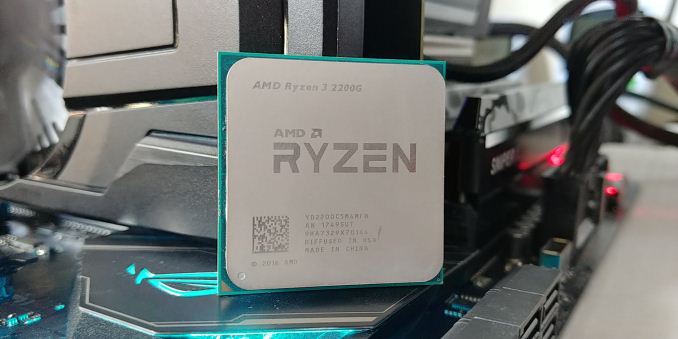








49 Comments
View All Comments
Lolimaster - Saturday, September 29, 2018 - link
There was an issue on the APU's were at certain frequencies the clock rate would jump around giving you nasty minimun (shown on many early reviews) and then after a certain threshold, the clock will not jump around like crazy, consistently beating the GT1030 at almost any scenario.ipkh - Friday, September 28, 2018 - link
So how about a Memory plus GPU overclock since those 2 combined would make the most difference.lightningz71 - Saturday, September 29, 2018 - link
Buildazoid showed that significant overclock on both the iGPU and the RAM was quite difficult. The iGPU reacted negatively to lower SOC voltage whereas the memory controller disliked higher SOC voltages. The happy medium seemed to be an iGPU at 1600mhz and running the ram at 3200-3400 mhz with the tightest possible timings. Leave the CPU cores at stock to maximize package power and thermal budget for the iGPU.The_Assimilator - Friday, September 28, 2018 - link
Anyone who knows discrete Vega knows it runs hungry and hot at stock frequencies and even worse when overclocked, but is far better behaved when underclocked and/or undervolted. Hence why these Vega iGPUs have so much OC headroom: they're deliberately being run slow in order to hit an acceptable power/heat target.Given that, the omission of power usage and temperature data from this review is glaring, to say the least.
jensend - Saturday, September 29, 2018 - link
I agree that 'overclocking scaling' reviews that don't show how power and temperature scale are failures. I wouldn't overclock the 2400G for tiny gains and large power/temperature/etc drawbacks.The one interesting conclusion that can be drawn from this piece is that the 2400G's shader etc performance at stock is high enough that at 1080p the bottlenecks are generally elsewhere (esp memory), while that's not as true of the 2200G. (We already kind of knew that from the memory scaling article.)
Nagorak - Saturday, September 29, 2018 - link
I agree, just posted the same myself.Lolimaster - Saturday, September 29, 2018 - link
Still the best reviewer for APU's, specailly OCing scaling and different resolution is techepiphany on youtube, shame on anandtech, they can't even do a proper review for an APU, just a lazy thing.Nagorak - Saturday, September 29, 2018 - link
I kind of feel like this is incomplete without some comparison of power use and heat generation. Maybe not at every frequency but it would be nice to see stock vs max OC at least. Based on the results with Vega GPUs it seems likely that efficiency craters as you go higher. It would be nice to know at least.neblogai - Saturday, September 29, 2018 - link
~50W higher power use is usually not an issue if total system power use is ~150W. But it would be useful to look at it from the point of motherboard SOC VRM ability. Raven Ridge chips are a budget option, so are usually used with cheaper B350 motherboards; however, those often do not have good SOC VRMs(and radiator on them) for extra power overclocked Vega iGPU consumes.notashill - Saturday, September 29, 2018 - link
The other big practical concern for budget builds is the need to spend more money on cooling. The cooler used in this review costs more than the 2400G so it would be totally nonsensical to actually use. Do they actually need crazy cooling to hit these overclocks, or is something like a $30 212 EVO enough?